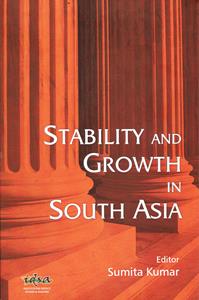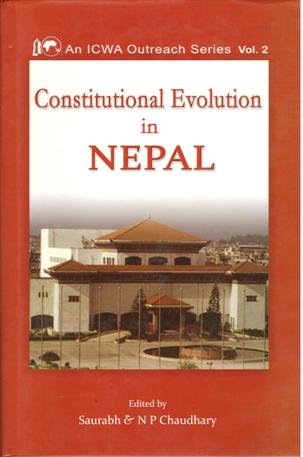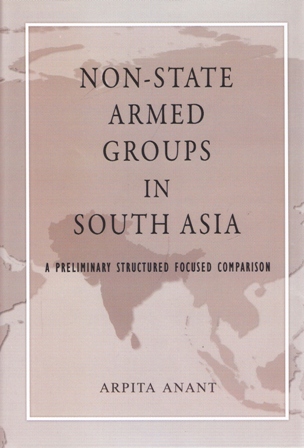Description
South Asia is at a historic cusp of transforming the economic conditions of its people and playing a leadership role not only in the global economy but also in the development of human civilization in the 21st century. For the first time in the last 350 years, the global economy is undergoing a shift in its centre of gravity from Europe and North America to Asia. With two declared nuclear weapons holding states, India and Pakistan, facing off in one of the world’s longest conflicts in Kashmir. South Asia is at a knife’s edge. In the recent context, the region is facing the scourge of terrorism. Therefore, a need for an understanding of the region and its dynamics is deep.
South Asia denotes the region in which lie seven major nation states India, Pakistan, Bangladesh, Bhutan, Nepal, Maldives and Sri Lanka. It is a relatively a small geographical area constituting 4% of the world’s landmass. In contrast, it is inhabited by 22% of the world’s population making it the world’s most populous region. In 1985, the heads of these nations got together and established South Asia Association for Regional Cooperation South Asia is likely to play a key role in the global economy in this century. In doing so, the people of this region could contribute to addressing the challenges of poverty, peace and environmental degradation that confront the world.
Geographical locations which lend to strategic leverage coupled with past historical burdens make a heady mixture. The diversity of the region and the challenges it faces make an interesting kaleidoscope. The Indian sub-continent remains a great seminal civilization, representing one of the great continuities in Asia, a source of three of the world’s great religions (Hinduism, Jainism, Buddhism), and a major influence on Southeast Asian art, culture and literature for the last 2000 years.
This encyclopaedia brings to its readers the happenings and developments smallest to largest, oldest to latest in the nations of South Asia.








Reviews
There are no reviews yet.